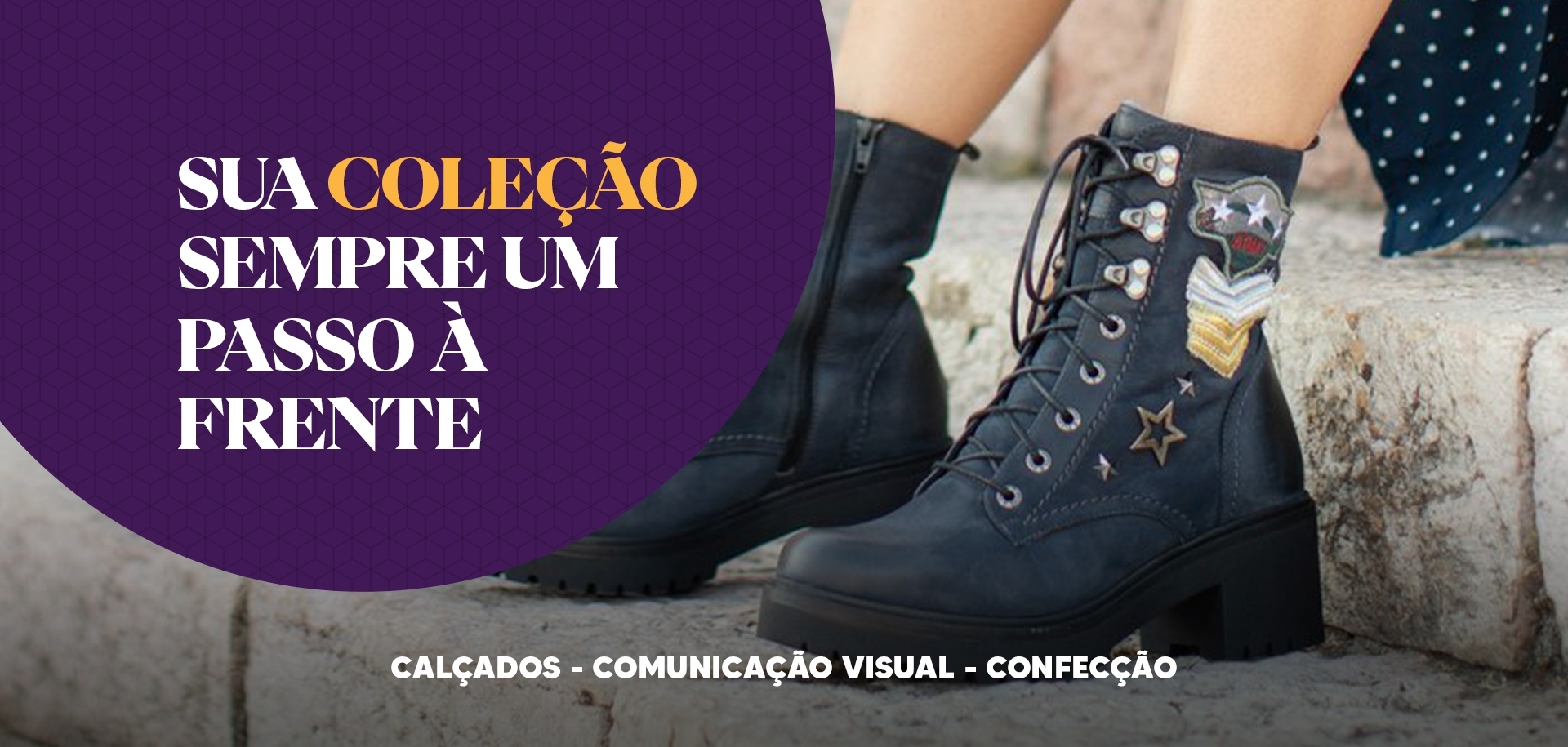


In order to recover the losses of the sector during the coronavirus pandemic, the brands are facing the study of trends with the aim of hitting consumers? and the clothes that will be most desired at the time of choosing what to wear when there is no more need for social distancing. In the area, designers, entrepreneurs and consultants are divided. Some bet that after so long at home, the demand will be higher for more elaborate pieces, with the extravagance of the glows and complex cuts. Others believe that comfort came to stay and that people got used to it during the season at home. However, there is a point where everyone agrees: fashion will be more sustainable. "Sustainability, inclusion and technology will form a trinomial for the fashion industry in the coming years," says Paula Acioli, coordinator of the Executive Training in Fashion course at FGV. She sees some simultaneous movements for the exit of pandemic. One is titled "revenge wear", which is a kind of compensation that people seek in consumption (after a long period of deprivation). On the other hand, the online platforms for the purchase and sale of worn clothes are growing, the famous brechós, which also encourage brands to adopt reform and resale of used parts. For the fashion consultant, Gloria Kalil, when everyone is vaccinated, consumers will be looking for news. It provides that the moment will bring opportunities for brands and also for small designers to explore creativity, with more colors and boldness. "You have to look at the customer's profile, but it's time to invent, dare. Don't give me jeans, T-shirt and sweatshirt. No basics. Of course it has to be comfortable, but it has to be new, make forget about pandemic," he reports. Already for the stylist Lenny Niemeyer, there will be a mix between who will want shines and heels, and who got used to comfort and will continue adopting more practical pieces? which does not mean leaving the elegance aside. "The market will balance with a more conscious consumption. I think it will be the turn of the basic colors, for example, to wear the same clothes more often, like caramel, black and blue. The accessories are that will be the differentials" says Lenny, who runs the beach fashion designer that takes his name. Rony Meisler, leader of the Reserve (who has just joined the Arezzo group), is certain that, in addition to the basics we have already known, 100% natural and organic fibers will come with everything. "From now on, the most basic, comfortable parts that carry technology, both textiles, to decrease the body temperature, and in the modeling or finishing, as the hidden pocket," says Meisler. Source: O Globo.
